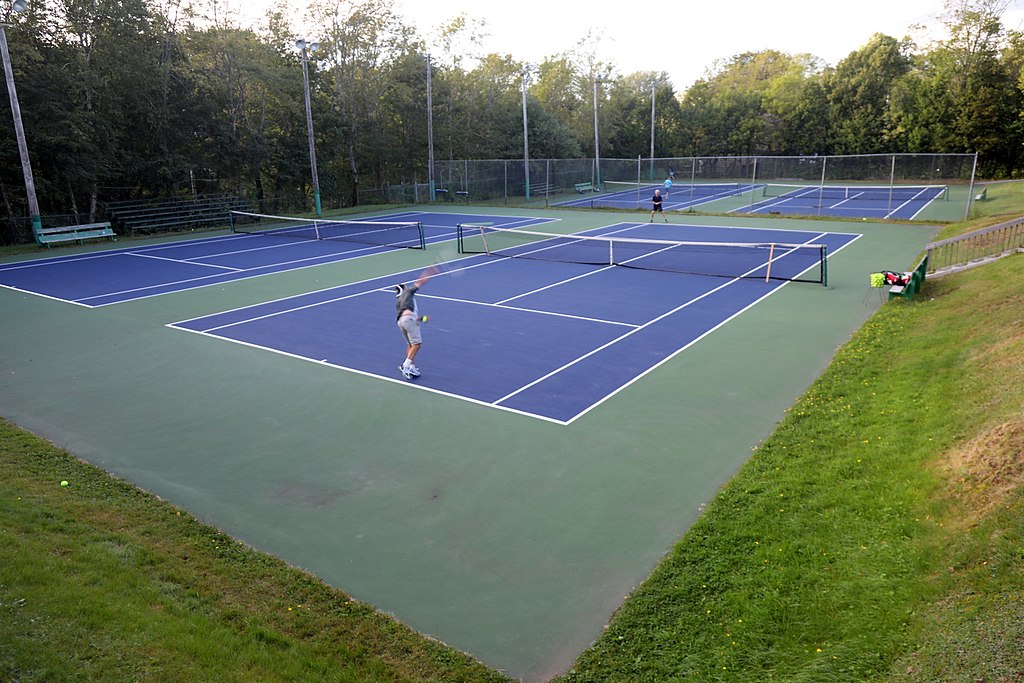
Photo by Ken Heaton, via Wikimedia Commons.
Early in the morning last week, in a funk of sleeplessness, I tuned in to the afternoon matches of Round Three at the Australian Open. The cool blue geometries of the courts in Melbourne—especially when the sound is off—are usually a balm to my mind. But there’s always a danger that the match will be exciting, and when the Spanish up-and-comer Carlos Alcaraz fought through to a fourth set against Matteo “The Hammer” Berrettini, I gave up and made coffee. Then I reread (for the fourth or fifth time) the opening pages of Rowan Ricardo Phillips’s The Circuit, his account of the year 2017 in tennis—a year that witnessed the comebacks of Nadal and Federer, just when they seemed ready to pack it in—and a rival to John McPhee’s Levels of the Game for the best book out there on the sport. Phillips watches games the way we all do—on television—but he sees more, and more clearly, than the rest of us. Before I knew it, I had read half the book, Berrettini won in five sets, and I was ready to face the day. —Robyn Creswell
The other day I finally caught up with Pedro Almodóvar’s thirty-minute film The Human Voice (it came out in 2020), starring a single actor: Tilda Swinton. It’s based on the same Cocteau play that Roberto Rossellini made into La Voce Umana as part of his anthology film L’Amore, where Anna Magnani played the role of a woman on a phone in an apartment, trying to save a dead relationship. So I was expecting something similarly grandiose and extreme, but instead the movie was a study in concision and abruptness. Swinton’s performance was so affecting because it was as deadpan as it was anguished, and there was something similar in Almodóvar’s direction. Swinton kept moving between a studio set and an elegant apartment, so that every emotion was on the cusp of having its theatricality revealed. Everything depended, I began to think, on Almodóvar’s cuts and transitions—so that, in addition to being a beautiful picture of desolation, this short movie became an essay on a fluidity that only cinema can produce. I adored it. —Adam Thirlwell
I saw The Lost Daughter over the weekend. In the translation to film, the novel’s unsettling portrayal of maternal loneliness (the thing that makes Elena Ferrante’s book a success) gets rather short shrift in favor of a fairly steamy love affair that becomes the centerpiece of the story—but with such good-looking actors, who’s complaining? I can certainly recommend it as a hangover tonic, best taken on a Saturday afternoon. —Lauren Kane
from The Paris Review https://ift.tt/340cnXV
Comments
Post a Comment